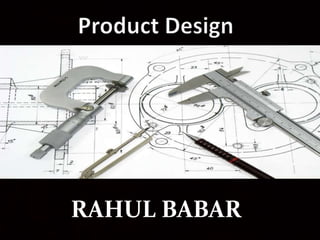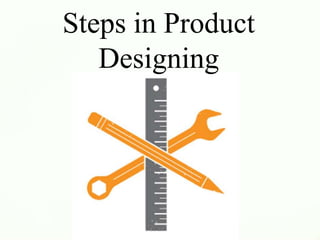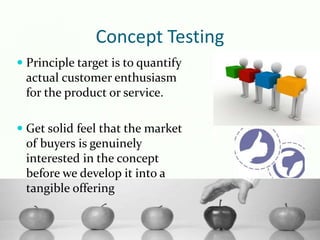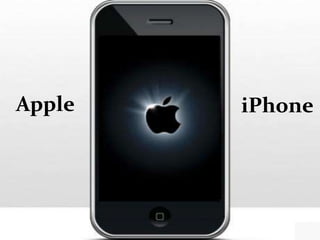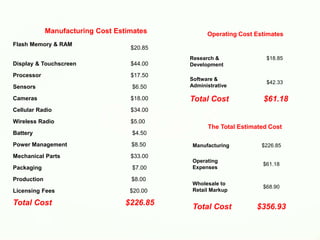Product design
- 1. RAHUL BABAR
- 2. What is product design ? Product design is the process of creating a new product to be sold by a business to its customers. It is essentially the efficient and effective generation And development of ideas through a process that leads to new products.
- 3. Why is product design concept used ? Profit Maximization in Long run Upgrade desired product quality Reduce development time and cost to minimum Ensure producibility or manufacturability
- 6. Idea Generation Customer & competitor research Brainstorming sessions Surveys Customer input Research & Development team
- 7. Concept screening Is there a real, clearly defined customer need or want for this product or service ? Can we fully develop this product or service ? Is the profit potential for this product large enough to justify it’s development ?
- 8. Competitive analysis “ Best of ” ideas are incorporated to mitigate any competitor advantage. Verify buyer market size for similar offerings to validate development investment.
- 9. Concept Testing Principle target is to quantify actual customer enthusiasm for the product or service. Get solid feel that the market of buyers is genuinely interested in the concept before we develop it into a tangible offering
- 10. In-depth analysis Formal list of features & benefits, key USP (unique selling proposition), etc. Summary of all resources needed for development. Marketing plan with ROI projections. Summary of competitive products, pricing, packaging etc.
- 11. Prototype Development Product name, specific marketing messaging, etc, are solidified. Prospective buyers review the prototype and asked if they like it, would they buy it, what would make it better, etc.
- 12. Commercialization The product is finalized and launched full scale
- 14. iPhoneApple
- 18. Manufacturing Cost Estimates Flash Memory & RAM $20.85 Display & Touchscreen $44.00 Processor $17.50 Sensors $6.50 Cameras $18.00 Cellular Radio $34.00 Wireless Radio $5.00 Battery $4.50 Power Management $8.50 Mechanical Parts $33.00 Packaging $7.00 Production $8.00 Licensing Fees $20.00 Total Cost $226.85 Operating Cost Estimates Research & Development $18.85 Software & Administrative $42.33 Total Cost $61.18 The Total Estimated Cost Manufacturing $226.85 Operating Expenses $61.18 Wholesale to Retail Markup $68.90 Total Cost $356.93
- 19. R&D cost of US$ 150 million Total Cost per piece $356.93 Price per piece $599 Profit per piece $242.07 Sold 6.1 million first generation iPhone units over five quarters By the end of 2010, a total of 73.5 million iPhones were sold.
